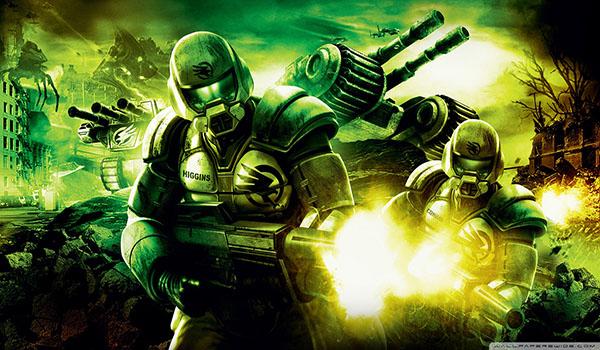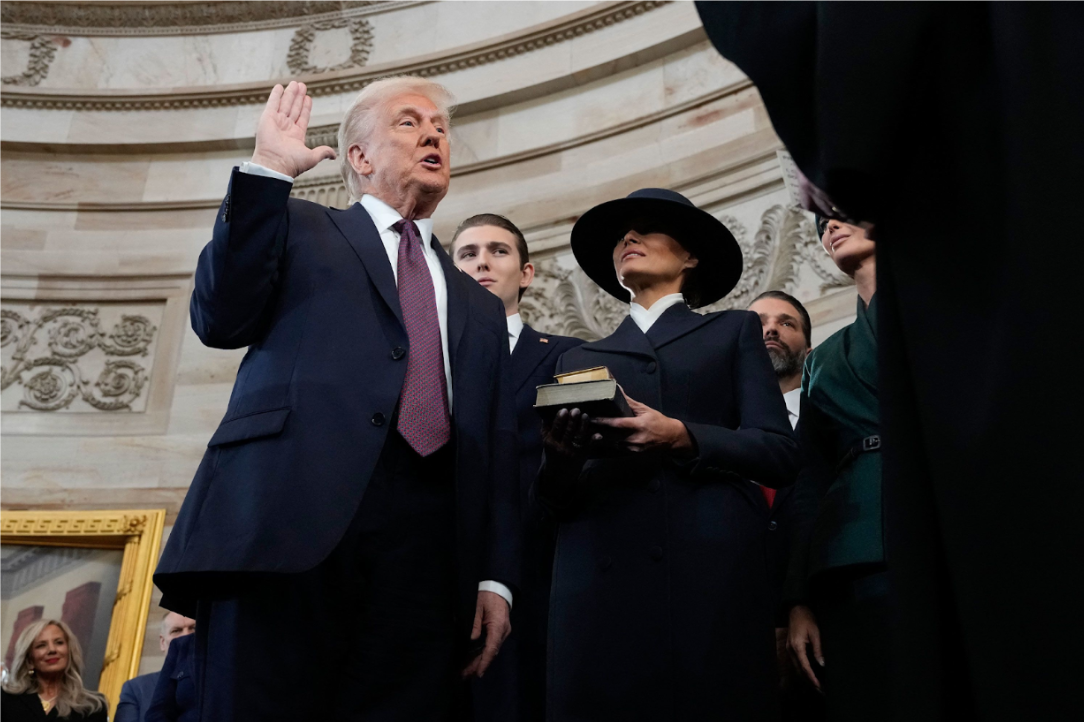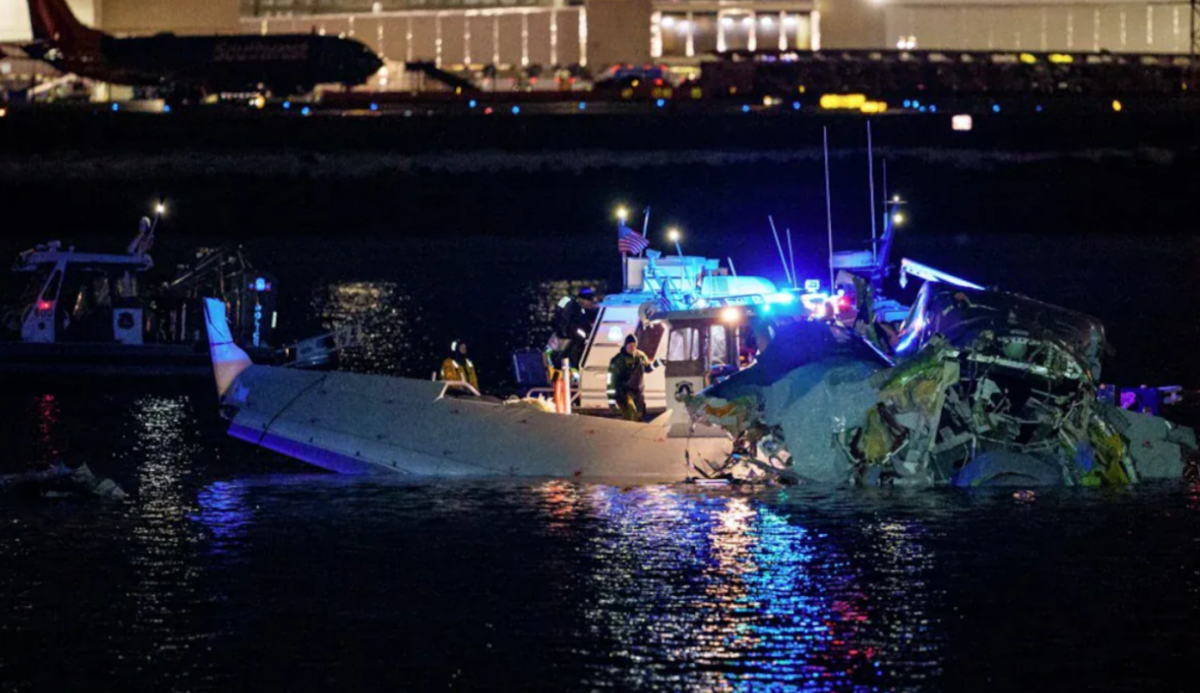The next chapter in the extremely popular Command and Conquer franchise, “Command and Conquer 3: Tiberium Wars” follows the Global Defense Initiative and the Brotherhood of Nod as they wage war over the control and weaponization of Tiberium, an alien element that has taken over most of the planet.
The games’ single player campaign is actually comprised of three different campaigns, each following a different faction, with the GDI, Nod, or the later introduced alien race known as the Scrin as your options.
After selecting your preferred faction, you are treated to a sight rarely seen in gaming, and the sight that made the “Command and Conquer” franchise famous. It is the beautiful live action cut scenes that are unique to the series.
Several Hollywood actors are brought in to play roles in these cut scenes and the atmosphere, lighting, and props are second to none. They really create an interesting experience, and give the term “cinematic” a whole new meaning.
This is why it is so sad to see these cut scenes, for the most part, abused. Live action specializes at transmitting emotions or feelings, yet this specialty is never exploited by the game. Characters are introduced, but never given backstory or purpose. They only exist to explain what you just accomplished and what you must accomplish next.
The whole story really only serves to take you from one shoot out to another, and it shows. The single player missions are intended to each showcase a particular type of unit, not any type of plot.
For example, one mission pitches the player against a base with obelisks capable of destroying tanks with a single shot, but incapable of attacking air. The player is then provided with bombers to obliterate the base from above since ground attacks are impossible.
Yet if the enemy has these kinds of defenses, why are they not utilized throughout the entire campaign? The answer is because they only serve as convenient reasons why you must use a particular type of unit for this particular mission.
It is obvious the developers decided on the unit to showcase first, the location to showcase them in next, and the plotline that explains this last.
Most missions are simply “Good job blowing up that base. But now the enemy has another base that is cooler looking. So blow that up too. Here are some shiny new tanks. Did we mention the base only has anti-infantry defenses?”
However, this can be forgiven, since this format actually provides massive benefits in multiplayer, the games’ pride and joy.
The knowledge learned from the single player campaign essentially serves as training on how to best use those units in multiplayer, and this training is quite often necessary.
Unlike traditional Real Time Strategy games, “Tiberium Wars” gives the player the ability to use off-screen weapons to directly attack the enemy base, bypassing all defenses and garrisons.
It also grants the player devastating “Superweapons,” which can obliterate entire bases with the click of a button, but need seven minutes to charge.
As a result of these abilities, most notions of building a solid base are thrown out the window. The focus is nothing but unit production, with the goal to destroy the enemy before they can destroy you, or activate their Superweapon.
The multiplayer is frantic, chaotic, and seemingly never ending, and every scrap of knowledge gained from the single player campaign is utilized.
It still is a shame to see such great Hollywood talent put to waste, but the single player is only about 25 hours long, whereas the multiplayer has infinite replay value.
With this taken into consideration, it makes sense that the single player abandons notions of plot and character development in favor of specialized training for the multiplayer.
From this perspective, “Tiberium Wars’” campaigns are some of the best out there, and once you plow through them and get to multiplayer, a whole new world opens up to you.
I am still exploring it, and probably will be for months to come. If you have the cash, come join me. Global domination is always more fun with friends.


























